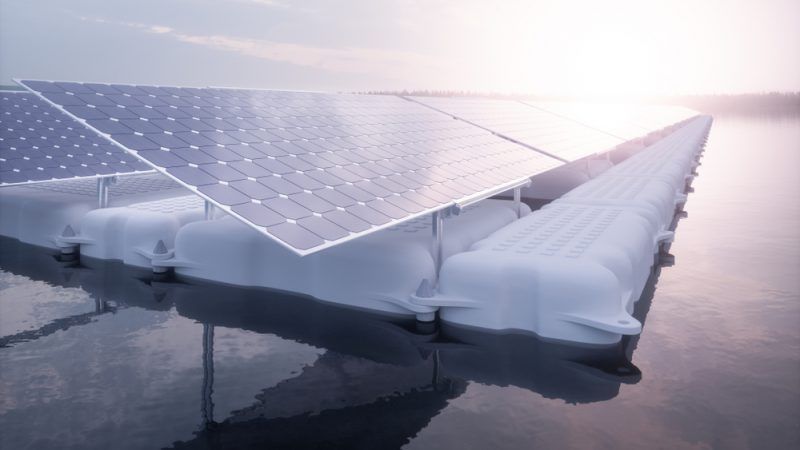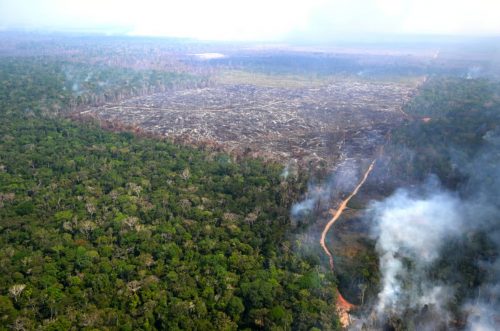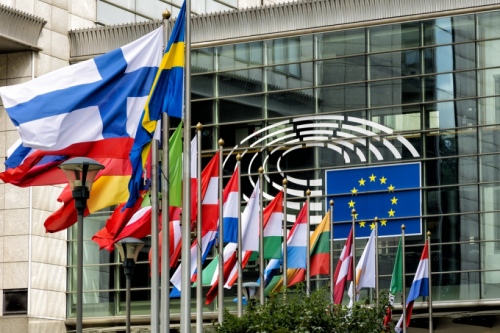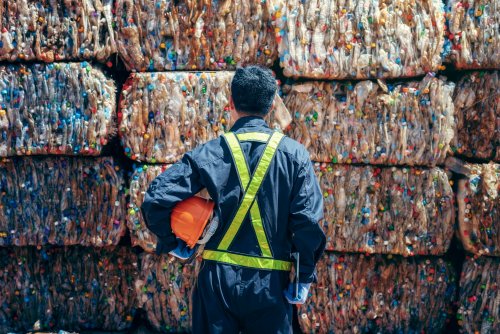In Albania, Statkraft launched a €2 million floating solar power plant with a total capacity of 2 MW on the Banja reservoir after one ring of panels sank days after launch.
The country is a leader in the region in the production of energy from renewable sources, reported Euratians.
The first series of panels was launched in 2021, but it sank immediately. Additional funds were raised to eliminate the initial failure.
The four floating installations are located next to the company's hydroelectric plant and have approximately 6,400 panels.
In July 2022, Voltalia announced the start of work on the Karavasta solar park, which will be the largest in the Balkans. It will cover 196 hectares and have a capacity of 140 MW consisting of 240,000 panels.
Voltalia won a 30-year concession for the site, with 50% of the electricity to be sold under a 15-year contract to the Albanian state operator and the rest to private operators. The project is expected to be completed in the second half of 2023.
The company's second project is under development in Spitalla, which will have a capacity of 100 MW.
However, Albania has no energy storage capacity, meaning it must import fossil energy to meet seasonal demand. Currently, the country does not extract or use gas. However, this is set to change as the government has introduced a number of new private and public projects in recent months.
Prime Minister Edi Rama also said energy giant Shell could announce a major oil and gas discovery in Albania that could change the country's and Europe's energy outlook.
Earlier EcoPolitic informed, that the US Army launched a large floating solar cell Floatovoltics at the nation's largest domestic military base.
As EcoPolitic previously reported, in the first four months of 2022, European countries bought 24.4 GW of solar modules from China, which is half of what China exported.





